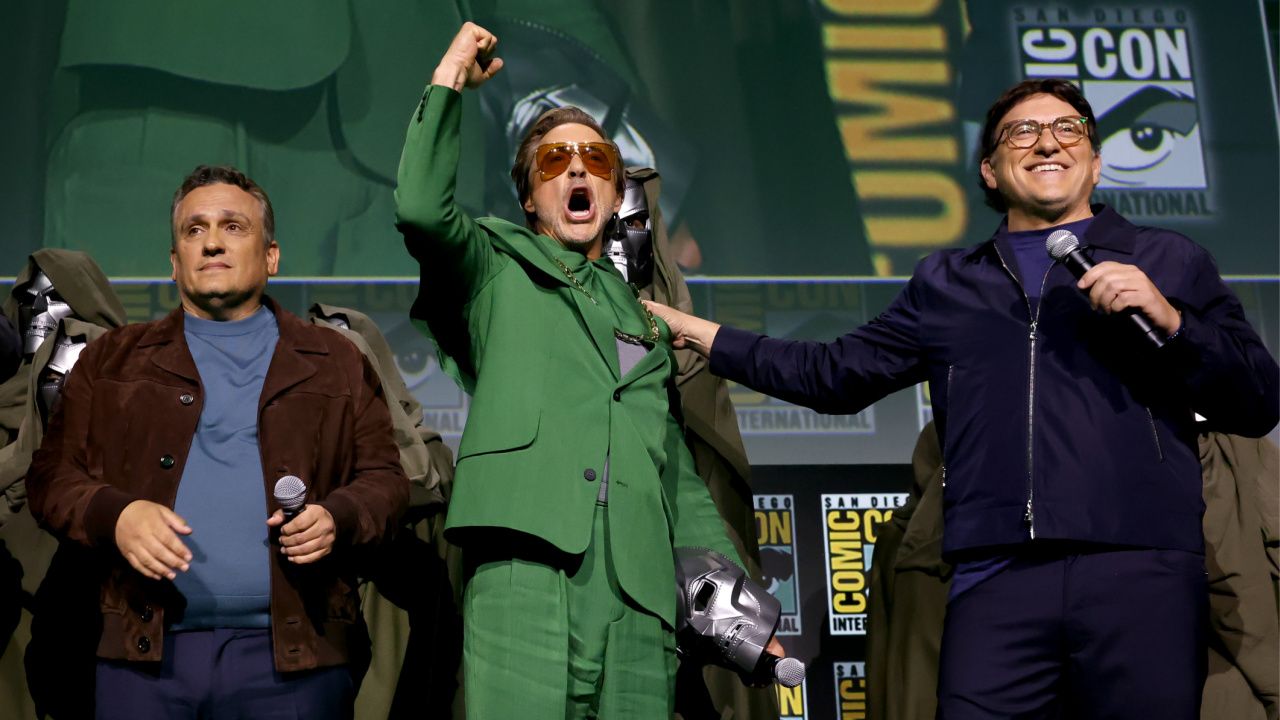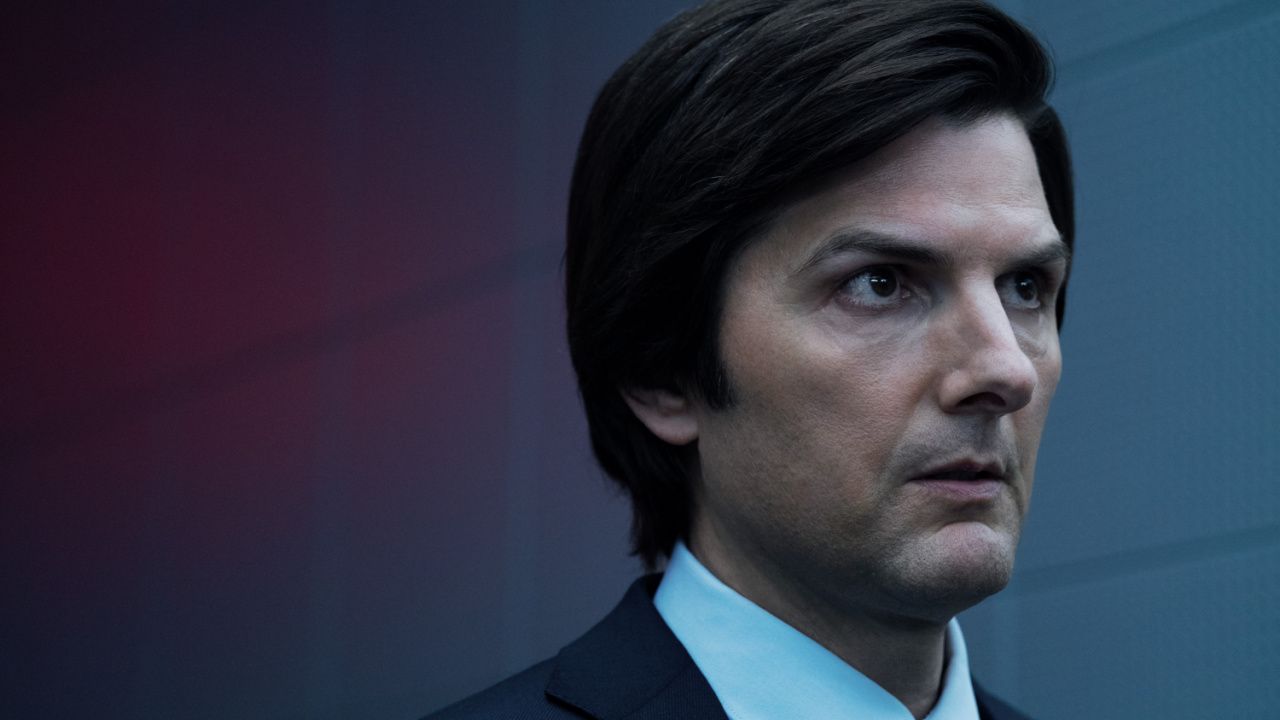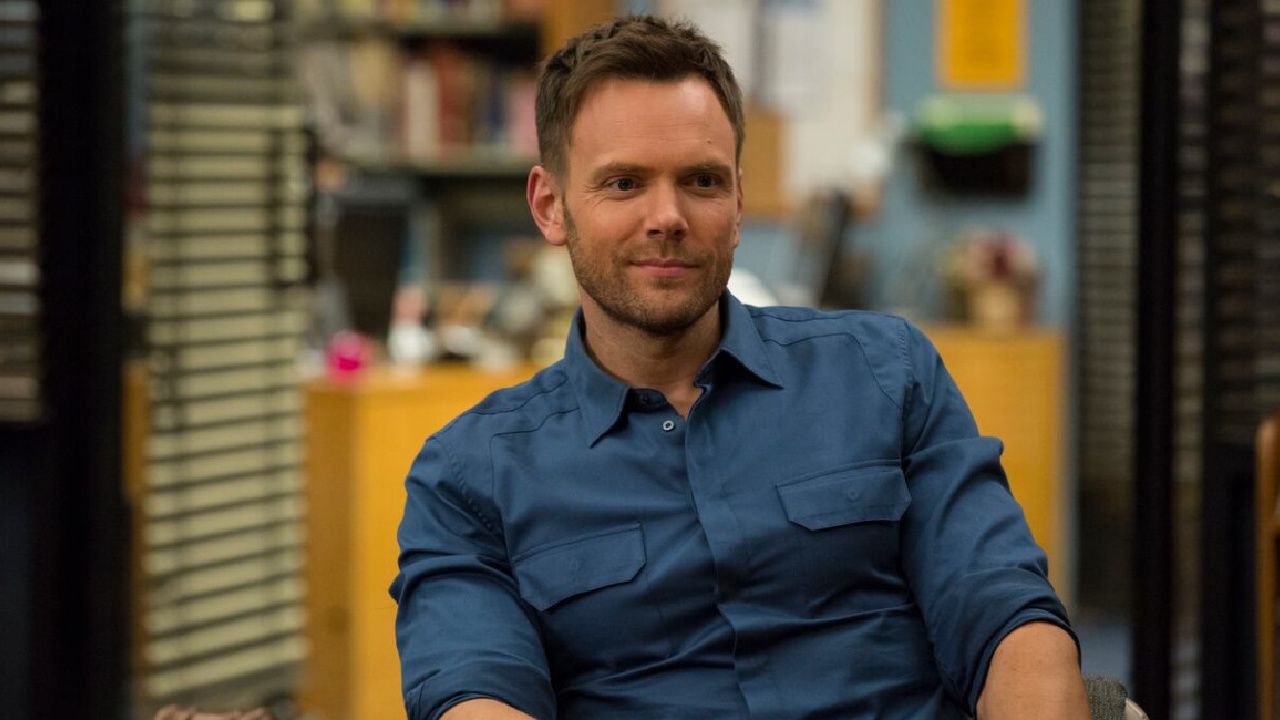‘A Quiet Place: Day One’ Digital Release Interview
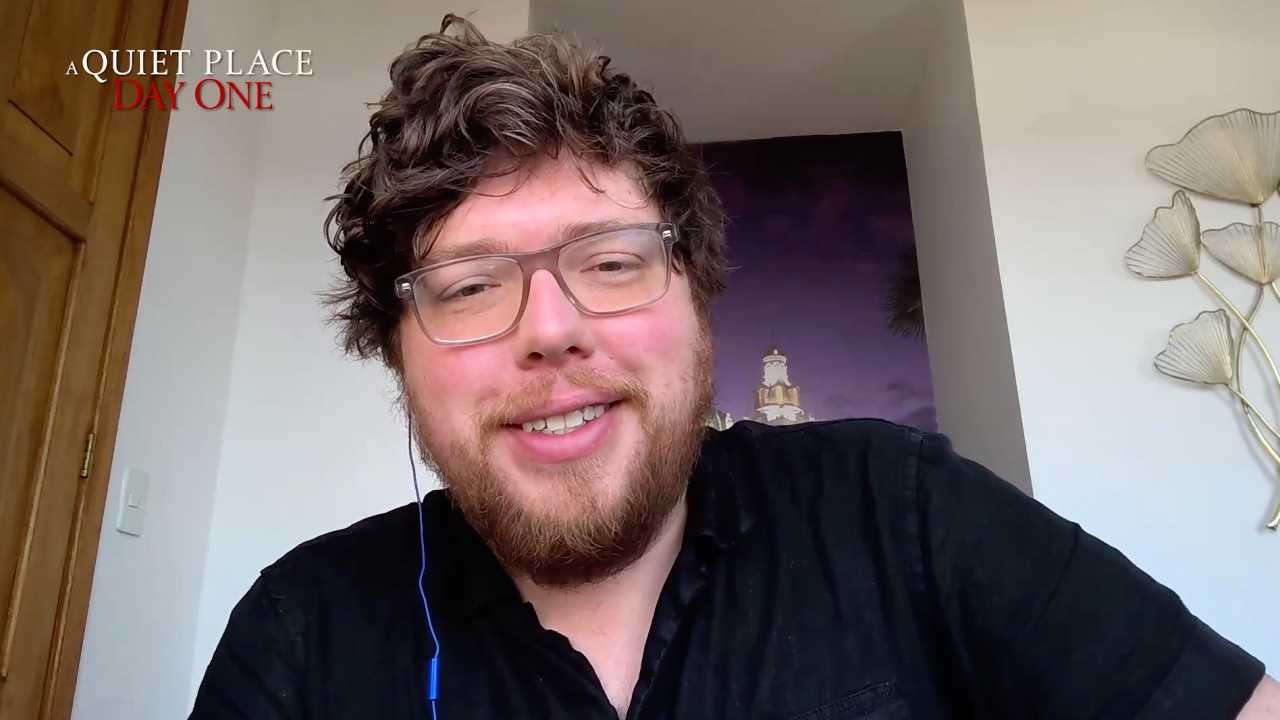
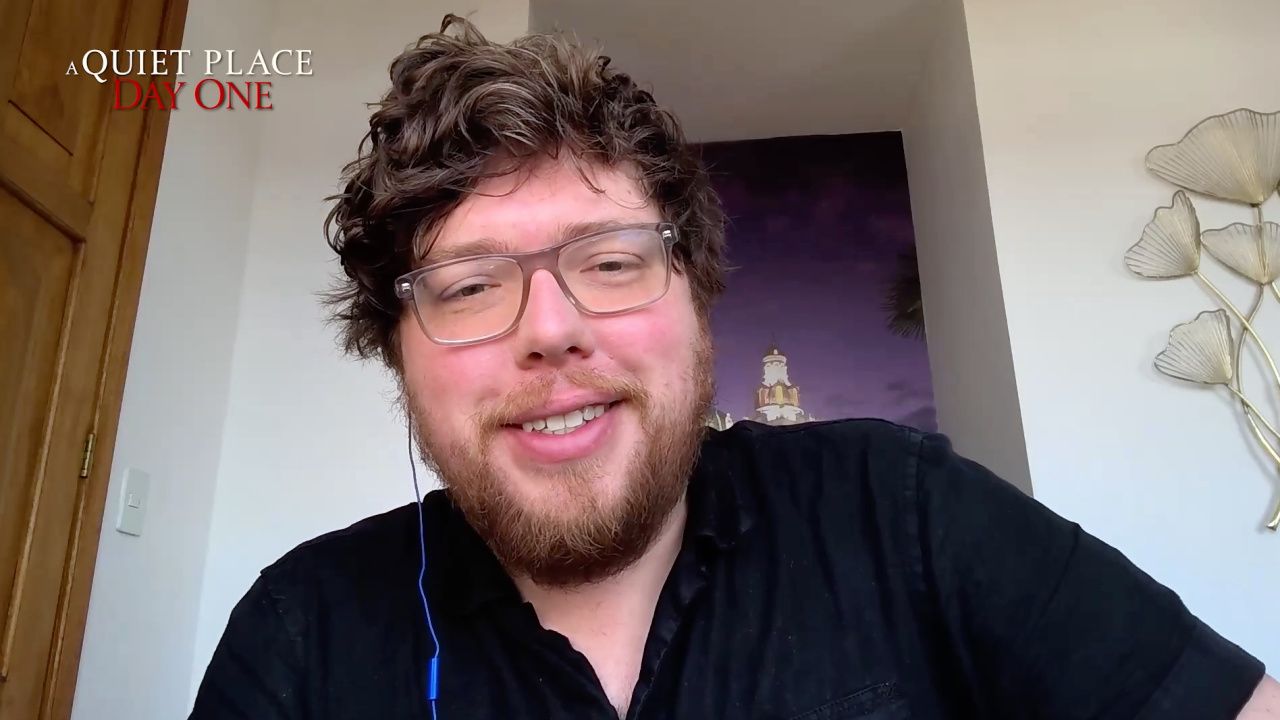
‘A Quiet Place: Day One’ writer and director Michael Sarnoski.
Available to purchase on digital June 30th and on 4K Ultra HD, Blu-ray, DVD, and in a collectible 4K Ultra HD SteelBook on October 8th is the box office hit ‘A Quiet Place: Day One,’ which is a prequel to John Krasinski’s ‘A Quiet Place’ and was directed by Michael Sarnoski (‘Pig’).
The film stars Oscar-winner Lupita Nyong’o (‘Black Panther’), Joseph Quinn (‘Stranger Things’), Alex Wolff (‘Oppenheimer’), and reprising his role from ‘A Quiet Place Part II’, Djimon Hounsou.
Moviefone recently had the pleasure of speaking with writer and director Michael Sarnoski about his work on ‘A Quiet Place: Day One’, taking on the franchise, the challenge of directing a movie with little to no dialogue, showing the aliens, Lupita Nyong’o’s performance, Sam and Eric’s friendship, Djimon Hounsou’s return, recreating and destroying New York City, and what it’s like to direct a cat.
Related Article: Movie Review: ‘A Quiet Place: Day One’
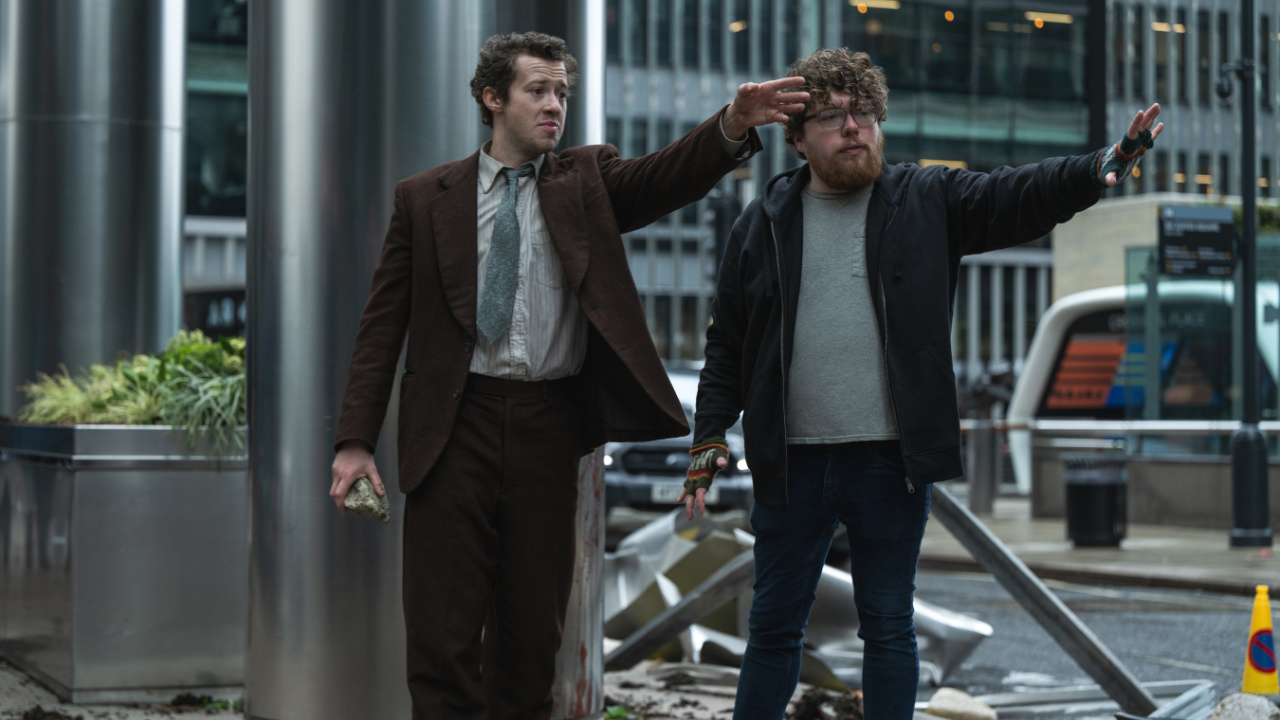
(L to R) Joseph Quinn as “Eric” and Director Michael Sarnoski in ‘A Quiet Place: Day One’ from Paramount Pictures.
Moviefone: To begin with, coming off the success of ‘Pig’, can you talk about taking on a big franchise like this and developing the screenplay based on a story you created with John Krasinski?
Michael Sarnoski: Initially, ‘Pig’ was well received. That was very exciting. It was a very small movie, it very much felt like a piece of my soul, and I think there was a part of me that was like, I don’t want to do the whole jump into a franchise studio project. I want to be very cautious about that. But then this came along. John had loved ‘Pig’ and he really was asking, “Hey, can you bring some of that ‘Pig’ feeling to the ‘Quiet Place’ universe?” He gave me just a lot of freedom to be like, “All we need is New York on day one. What characters do you want? What story do you want? Make this your own.” So, it just felt like a unique opportunity to play in this big sandbox but do it with my own voice. It was kind of scary to jump into something like that, but it seemed like a unique opportunity and something that I would really love. Thankfully, it really worked out and I count myself very lucky. But it was intimidating and exciting and all those things.
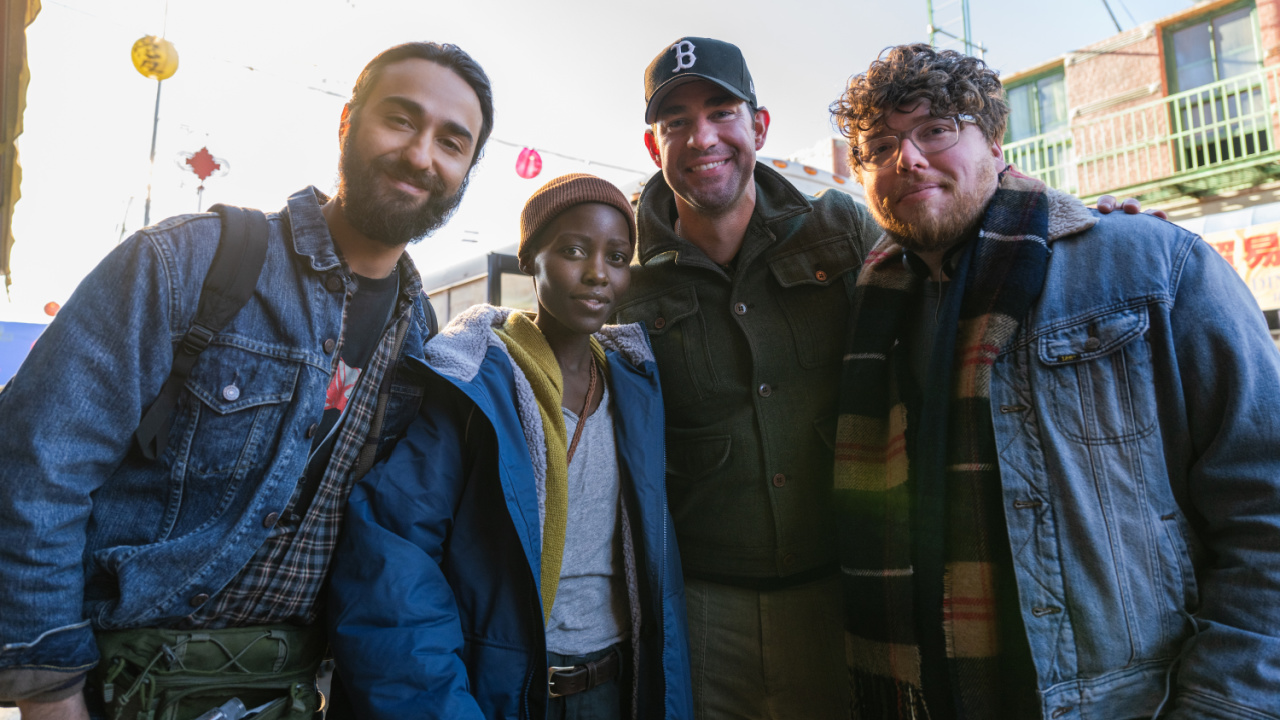
(L to R) Alex Wolff as “Reuben”, Lupita Nyong’o as “Samira”, Producer John Krasinski, and Director Michael Sarnoski in ‘A Quiet Place: Day One’ from Paramount Pictures.
MF: This is of course a prequel to the first two movies, but in release order is the third in the franchise. In the first movie, Krasinski was careful to not show the aliens too early in the film, but you show them in full very early in ‘Day One’. Did you feel like you had the freedom to do that because as an audience we already know what they look like from the other two movies?
MS: It was a balance that we were always talking about, because even with things like the rules and all of that, everyone knows all the rules already, so you need to show them a little bit, but if you suddenly make that a huge part of the story, it’s just going to be like, “We’ve seen all of this twice before.” So, finding that right balance of feeling like you’re seeing fresh stuff and your expanding things was important. We still tried to space out the aliens properly so that initially, you’re not seeing too much, and then it gradually as it builds and builds, you’re seeing more and more, and part of that comes with this scope of this New York invasion. This isn’t in the farmland with a couple of creatures wandering around. This is a hotbed of where the aliens landed, so you need to carry a heft of that. But we still tried to do it in ways that wasn’t too in your face. I liked this idea of these creature stampedes that just made the ground shake and you’re not as focused on specific things, it’s just these passing shadows. So, we tried to find ways to keep it exciting and keep it feeling like there was a progression to the reveals of these creatures, but you do still have to give a little more because of the scale and because of it being the third movie in the franchise. But it was just always something we were talking about and playing with.
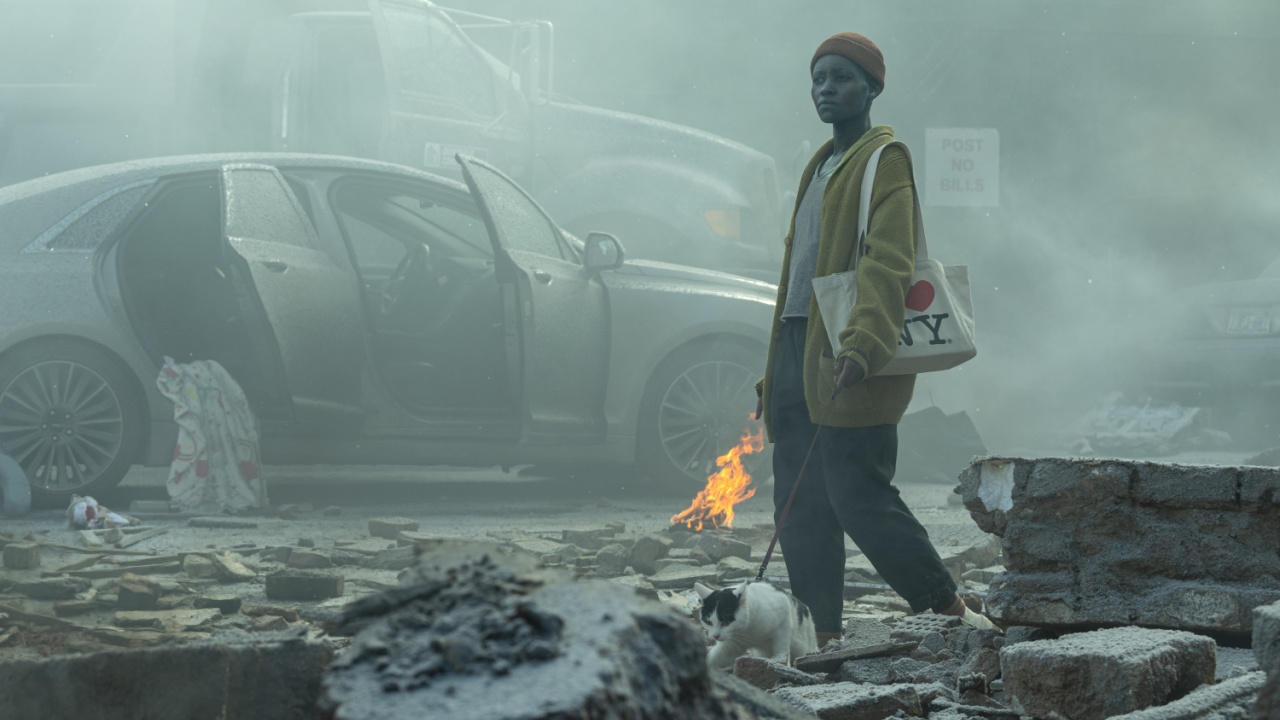
Lupita Nyong’o as “Samira” in ‘A Quiet Place: Day One’ from Paramount Pictures.
MF: As a filmmaker, can you talk about the challenges of making a movie with little to no dialogue? Was it restraining or freeing in a sense?
MS: It’s a little bit of both. I love dialogue. I love a long dialogue scene where you really get to understand these characters and their nuances, but then at the same time, I think you rely on having really good actors like Joe and Lupita, but just watching these two people navigate silently together and their expressions also brings out a ton of stuff that in some ways, you wouldn’t be focused on as much in a more dialogue heavy movie. So, you’re just trading one tool for another. You do have to lean on your actors a lot more to be able to convey these characters and convey these moments, but I was lucky to have amazing actors.
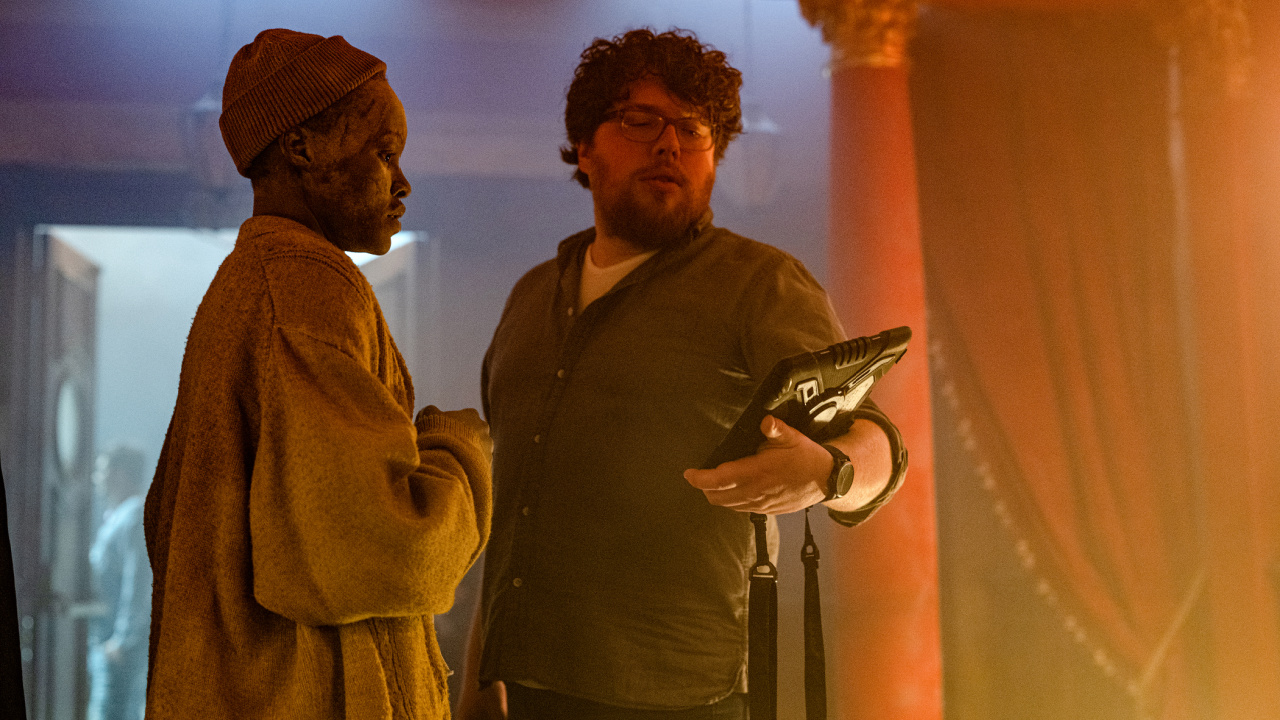
(L to R) Lupita Nyong’o as “Samira” and Director Michael Sarnoski in ‘A Quiet Place: Day One’ from Paramount Pictures.
MF: Can you talk about centering the movie on the character of Sam, and what Lupita Nyong’o brought to the role?
MS: I think Lupita brings a lot to every role she does. She’s incredible. She’s extremely intelligent, she’s very thoughtful and is willing to dive in and talk about these characters and figure out what’s driving them, what their history is. All of the nuances of these characters, she spends a lot of time on, and I think Sam, on paper, she’s kind of prickly and standoffish and has separated herself from her past life, and to be able to play that character in a way that doesn’t alienate the audience but actually makes the audience lean in is really difficult, and she did an amazing job with that. You get that she’s got a chip on her shoulder, but it makes you care about her more, and you want to know more how this story is going to play out for her and how she’s going to develop. I think that just comes from creating a very full, realized character that she does so beautifully.
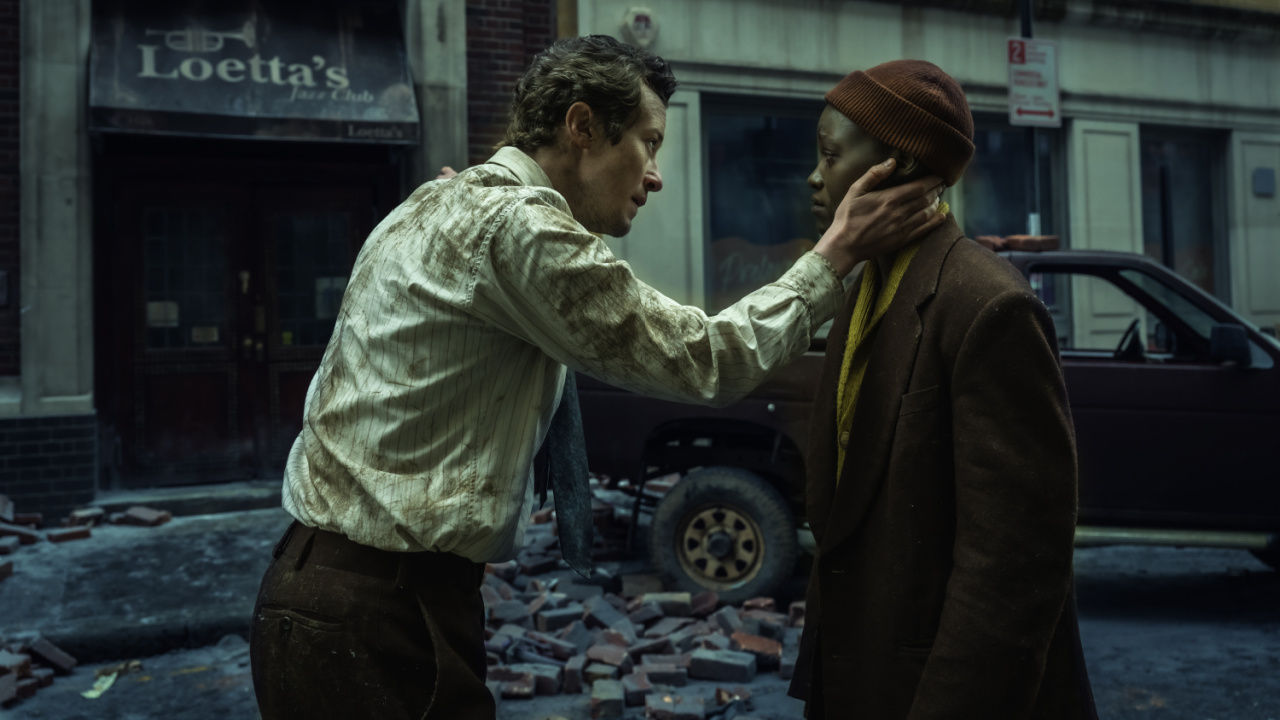
(L to R) Joseph Quinn as “Eric” and Lupita Nyong’o as “Samira” in ‘A Quiet Place: Day One’ from Paramount Pictures.
MF: Can you also talk about Sam and Eric’s unusual friendship, and Lupita and Joseph Quinn’s onscreen chemistry?
MS: I think we really lucked out with both together because Joe’s wonderful, and I think there was something about it being such a silent film with not a lot of dialogue, that the two of them really had to lean in and engage with each other. So, they’re watching each other’s performances a lot. They really connected on a silent but beautiful level, and I think it made a dynamic that you just felt like these two people were really seeing each other and really trying to understand each other because that’s what they were doing on set every day. I think it came across on screen better than I could have hoped.
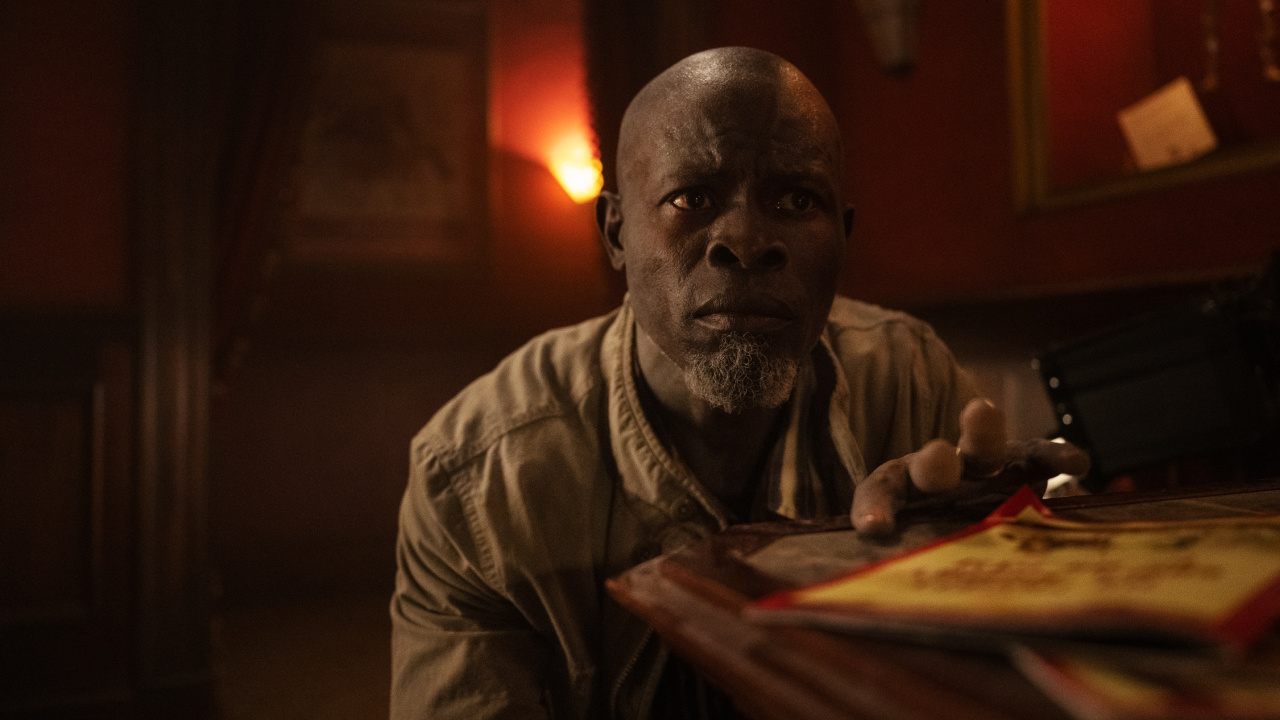
Djimon Hounsou as “Henri” in ‘A Quiet Place: Day One’ from Paramount Pictures.
MF: Can you talk about the decision to bring back Djimon Hounsou’s Henri from ‘A Quiet Place Part II’ and flesh out that character’s backstory?
MS: He’s an incredible actor and he’s so easy and fun to work with, and so, A, I’m just happy I did that, but B, I liked the idea of in the second one, we see a glimpse into his stable society that he’s helped create, and I wanted to explore the difficult decisions that were made in order to get to that place and hint at this wasn’t all happy living on an island stuff. He must have made some really hard decisions to protect his family and to lead this group of people. So, I wanted to glimpse that, but then I also wanted to use that as a, okay, this is his story and he’s going to go off and live that story, and this is where Sam diverges from that. So, it’s also used as a foil to her personal journey, going to get pizza story, and he’s going to escape the island and try and survive in this apocalyptic world. So, I use it as something to just compare her story, so we understand, that’s not what she’s engaged with. He was wonderful.
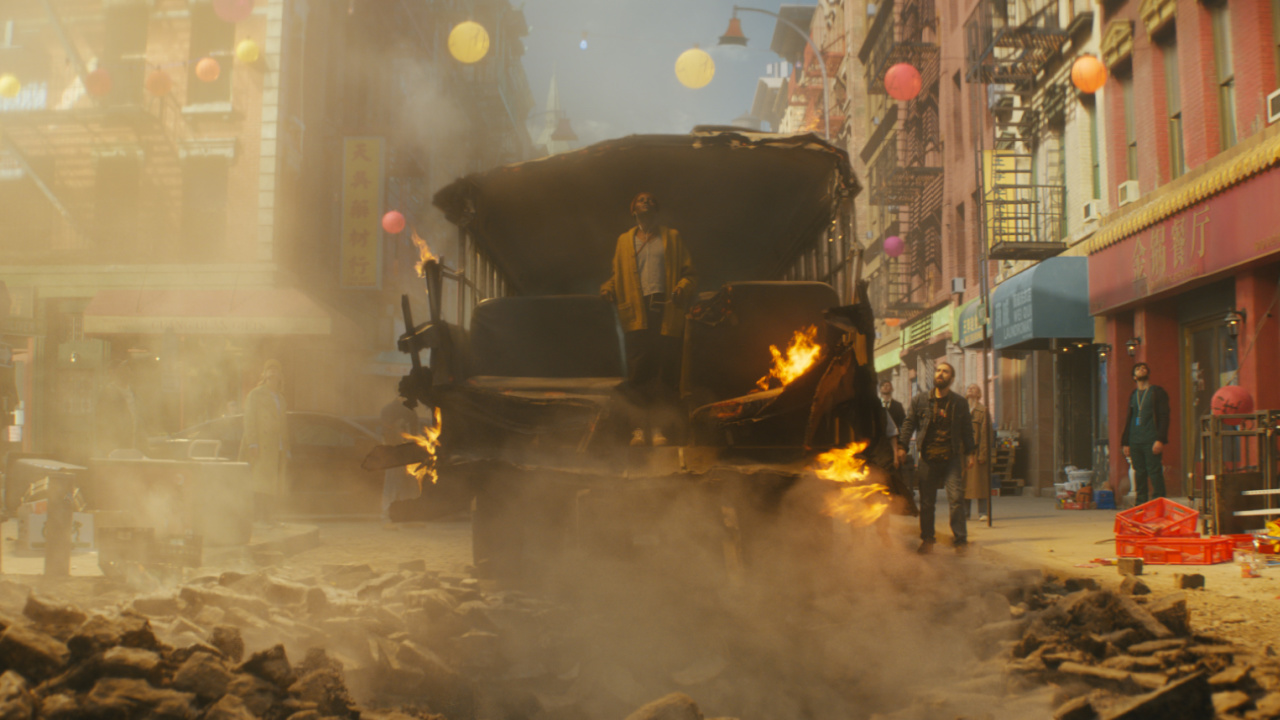
Lupita Nyong’o as “Samira” in ‘A Quiet Place: Day One’ from Paramount Pictures.
MF: Can you talk about New York City as a character in the film?
MS: When I first got this project and when I was working on the script, I rented an apartment in New York for a month, just to steep myself in this place because I knew that that needed to be a part of it. This was a New York day one invasion movie, which we’ve seen a lot of, and I felt like if I was going to do it, I wanted to do it right with New York City. I think the thing I ended up landing on was exploring the different meanings of New York City to different characters, and for Sam, she’s someone that was raised here but then had to leave it behind. For Eric, he’s someone that came here with dreams. He’s the classic immigrant story to New York, and they all mean different things, but we all have this common understanding and cultural meaning of New York. So, I wanted that to just be felt so that we could all relate to that, but then also understand the kind of nuanced differences between each character’s relationship with the city. I just spent a lot of time wandering around New York, reading books about New York, and just thinking about what it meant to these characters. I think as a society, we have a very charged relationship with this city, and especially the idea of the destruction of this city. Without putting too fine a point on it, I wanted to tap into that so that people could feel like they were there with these characters, and they recognize these images and these ideas and these feelings.
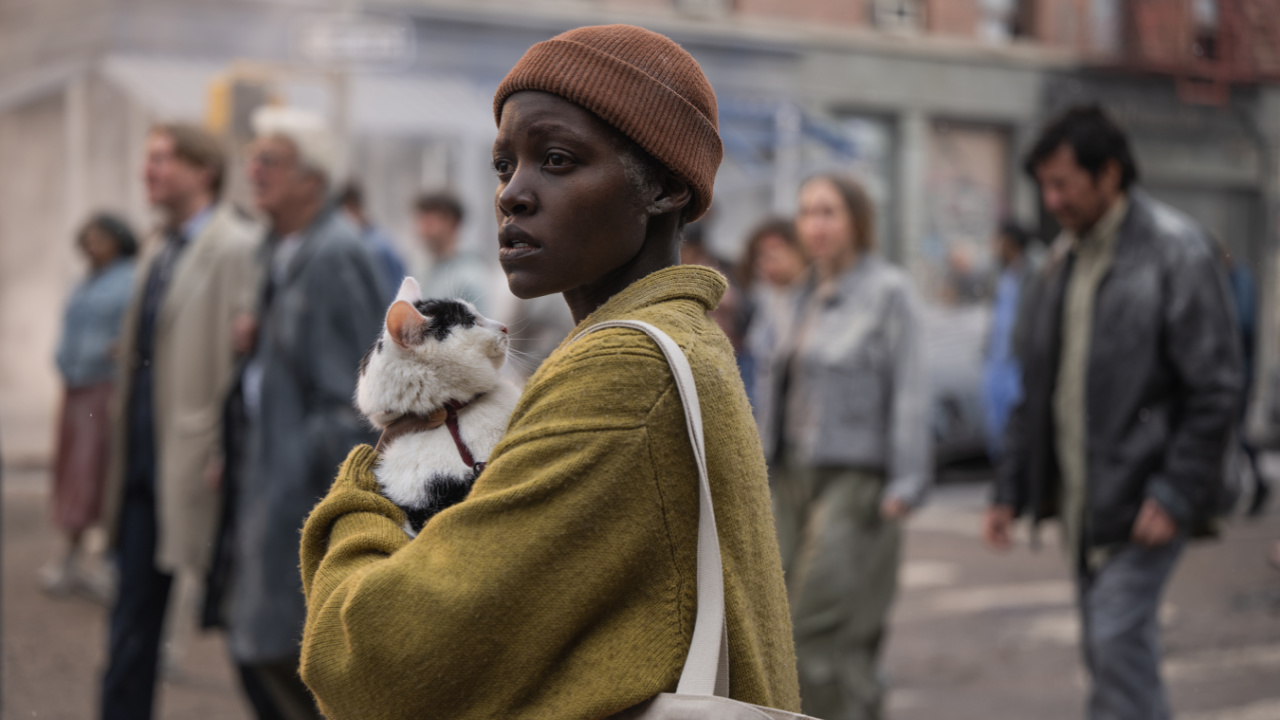
Lupita Nyong’o as “Samira” in ‘A Quiet Place: Day One’ from Paramount Pictures.
MF: Finally, how difficult is it directing a cat?
MS: It is impossible. You’re not directing a cat, you just are casting your wishes to the winds and hoping for the best. Once you get the hang of it, after a couple of weeks of shooting, then you know, okay, this is what the cat can do. This is what the animal trainers can help us with, and these are the things that we can aim for, and you adjust certain actions based on that. So, it’s like once you have an understanding with the cat and the trainers, then it becomes a lot easier. But I think that initial sniffing out period of like, okay, so he’s not going to want to do this action, and if we want him to do this, there’s going to have to be food involved or something like that, and then you just start figuring out creative compromises and solutions to all that stuff. So it wasn’t that hard. I think it’s telling that by the end of the movie, the cast and crew all adored Nico and Schnitzel who played Frodo, whereas if it had been a real pain, everyone would’ve been like, “Thank God Nico and Schnitzel aren’t on set anymore.” I think it really worked out wonderfully.
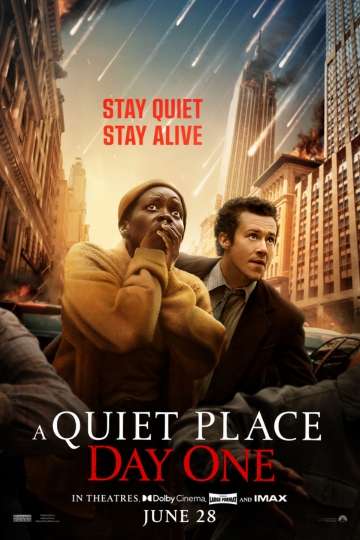
What is the plot of ‘A Quiet Place: Day One’?
On the first day of an invasion by aliens that hunt living things by sound, a woman dying of cancer (Lupita Nyong’o ) tries to make her way uptown in Manhattan while befriending a fellow survivor (Joseph Quinn) who’s lost and alone as the world crashes down around them.
Who is in the cast of ‘A Quiet Place: Day One’?
- Lupita Nyong’o as Samira
- Joseph Quinn as Eric
- Alex Wolff as Reuben
- Djimon Hounsou as Henri
- Elaine Umuhire as Zena
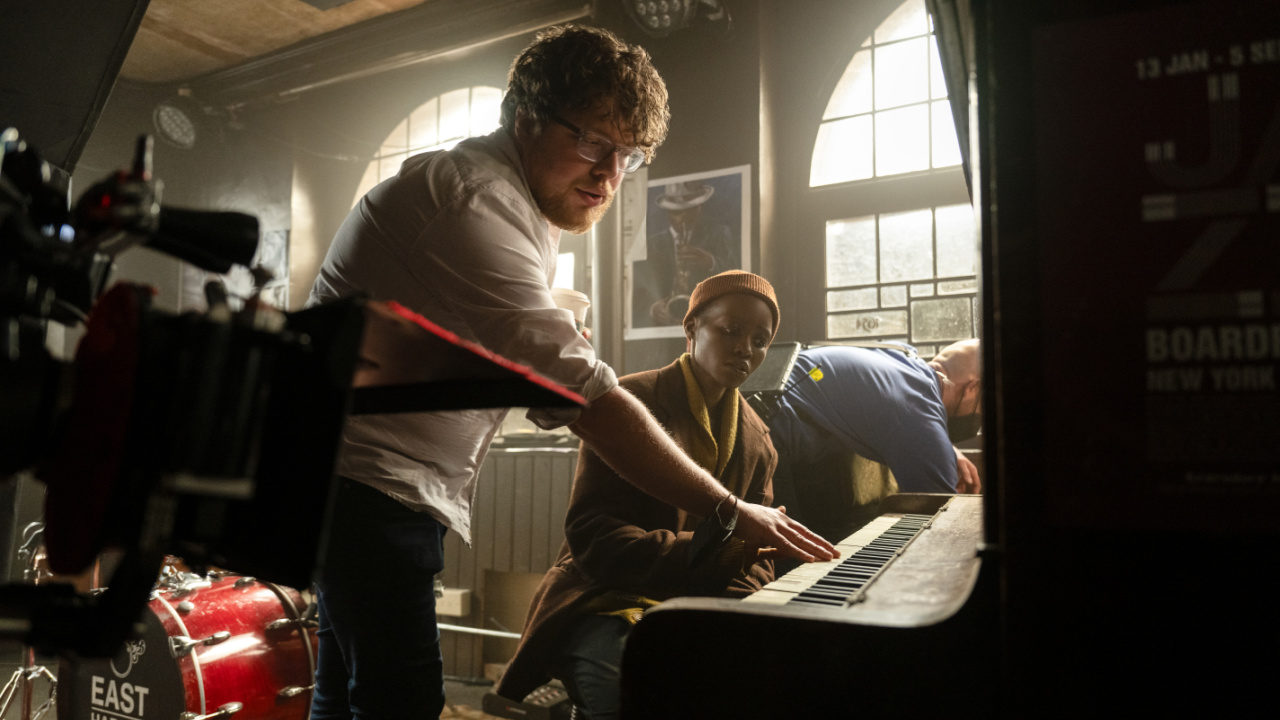
(L to R) Director Michael Sarnoski and Lupita Nyong’o as “Samira” in ‘A Quiet Place: Day One’ from Paramount Pictures.
Other Movies in the ‘A Quiet Place’ Franchise:
Buy ‘A Quiet Place’ Movies On Amazon
Read the original article here

